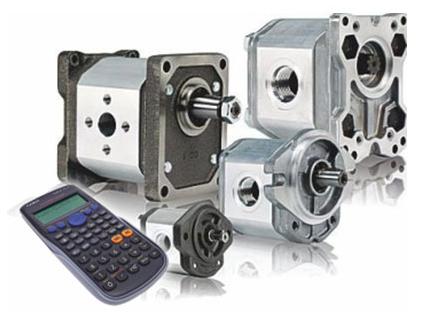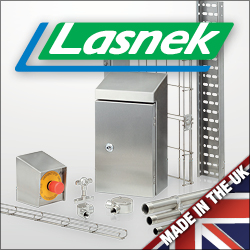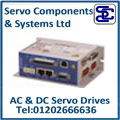
Posted to News on 15th Aug 2022, 15:01
How to select the right size hydraulic gear motor

JBJ Techniques offers a complete range of hydraulic gear motors to meet the needs of a broad spectrum of applications. And now the company has produced a comprehensive guide to selecting the right product for a given task, complete with example calculations and real world applications.
There are several factors that need to be known before a calculation can be used to decide the most suitable sized hydraulic gear motor for an application. First, it needs to be determined if the required output torque from the hydraulic gear motor is starting torque or running torque. This won’t affect the way you size the hydraulic gear motor, but it is worth remembering that starting torque is, in most instances, higher than running torque.
The next factors to consider are the required output speed from the hydraulic gear motor, and the available oil pressure of the application hydraulic circuit.
Other factors that need to be considered are the required output shaft, mounting interface and inlet and outlet porting, flanged or threaded. Don’t forget, too, the specification of the coupling from the hydraulic motor shaft to the driven shaft. JBJ Techniques have a wide range of mechanical power transmission couplings to suit many applications.
The guide goes into these considerations in detail, and discusses the formulae that need to be applied to derive the size of the gear motor for the application. These calculations will give you the theoretical required hydraulic motor displacement to meet the application requirements, but don’t take into account factors such as the hydraulic motors’ mechanical inefficiencies. In the guide, JBJ Techniques shows you how you can then apply the results to the real world performance charts to find the most suitable hydraulic gear motor.
Even at this stage there can be additional considerations. Overall physical size can often be an important consideration. Available flow to the gear motor from the system can determine whether a small motor at high pressure is used or a larger motor at low pressure. A larger motor at lower pressure will achieve longer life but a lack of space available may determine that a smaller motor is used. Further, controlling the speed of the gear motor is another requirement depending on the application.
Click here to read the full guide from JBJ Techniques.
28 Trowers Way
Holmethorpe Industrial Estate
RH1 2LW
UNITED KINGDOM
+44 (0)1737 767493


















